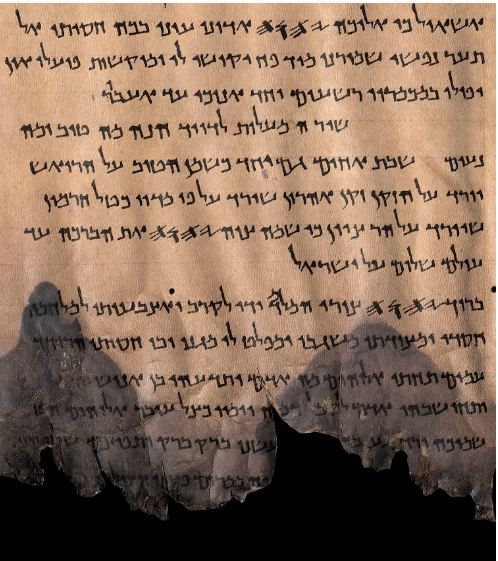

| Visitors Now: | |
| Total Visits: | |
| Total Stories: |

| Story Views | |
| Now: | |
| Last Hour: | |
| Last 24 Hours: | |
| Total: | |
Dead Sea Scrolls Now Available On Line
The Dead Sea Scrolls are available on a joint Israel Antiquities Authority and Google website.
GENESIS
Among the oldest known copies of Genesis, the fragment of the Scroll shown here contains the description of the first three days of the creation of the world. 4Q Genesisg
Date: 100–1 bce, Late Hasmonean Period, Language: Hebrew
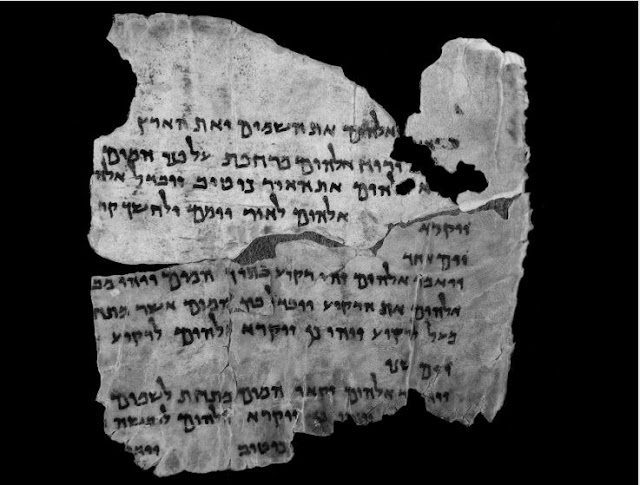
Photo: Shai Halevi
THE TEN COMMANDMENTS 4Q Deuteronomyn
Date: 30–1 bce, Herodian Period Language: Hebrew
This small scroll preserves one of the earliest known copies of the “Ten Commandments” (the Decalogue), a central dogma in Judaism and Christianity, and the majestic description of their divine revelation at Mount Sinai.

Photo: Shai Halevi
PSALMS SCROLL 11Q Psalmsa
Date: 1–68 ce, Herodian Period Language: Hebrew
This book of Psalms is one of the best preserved biblical scrolls, containing 48 psalms, including 7 that are not found in the standard Masoretic version of the Bible. An additional prose passage provides one of the most ancient references to King David as the composer of the book of Psalms: “and David, the son of Jesse, was wise, and a light like the light of the sun… And he wrote 3,600 psalms.” Psalm 133, shown here, praises peace and togetherness.
MINOR PROPHETS SCROLL 8Hev Twelve Minor Prophets
Date: 50–1 bce, Herodian Period, Language: Greek
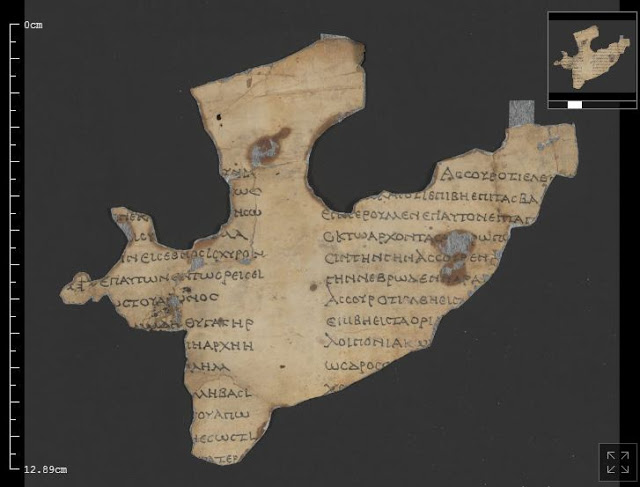
Photo: Shai Halevi
Non-biblical texts discovered among the Dead Sea Scrolls offer us a tantalizing glimpse of life during the Second Temple period and the opportunity to understand the attitudes, desires and aspirations of the people of that time. Most of the scrolls from the Qumran caves are religious writings from the Second Temple period. Some of these reflect the life and philosophy of a distinctive group that called itself the “Yahad” (“Community”). At other sites, the major finds were administrative and personal documents dating from the catastrophic Judean revolt against Rome in 132–135 ce.
ENOCH 4Q Enocha
Date: 150–50 bce, Hasmonean Period Language: Aramaic
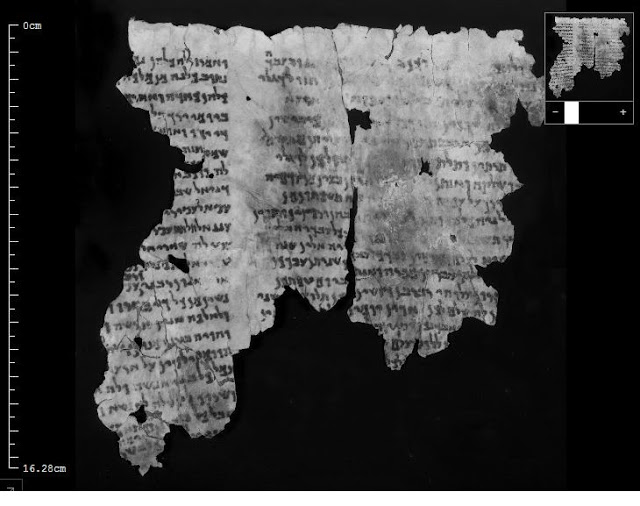
Photo: Shai Halevi
APOCRYPHON OF DANIEL4Q Apocryphon of Daniel
Date: 50–1 bce, Herodian Period, Language: Aramaic
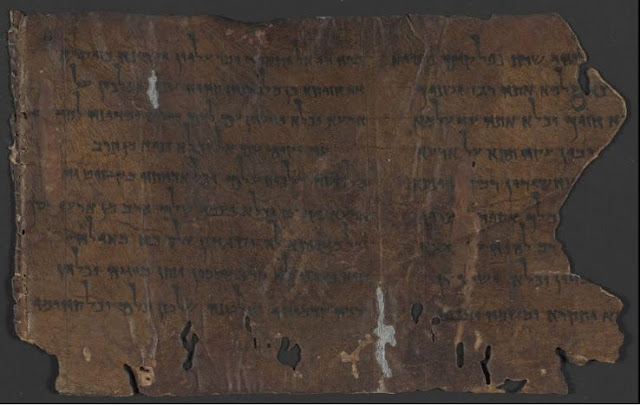
The Dead Sea Scrolls contain extensive apocalyptic literature relating to the final messianic battle at the End of Days. The Aramaic Apocryphon of Daniel describes either a messianic figure or a boastful ruler that will arise as “Son of God” or “Son of the Most High”, like the apocalyptic redeemer in the biblical book of Daniel. The text calls to mind the New Testament proclamation of the angel Gabriel concerning the new-born Jesus: “He will be great, and will be called the Son of the Most High… ”
(Luke 1:32)
Date: 20–50 ce, Herodian Period, Language: Hebrew
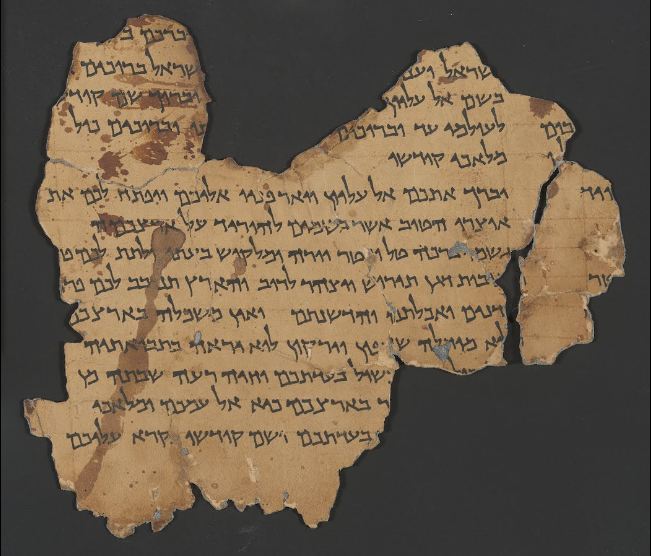
The Book of War details an apocalyptic 40-year battle between the forces of good and evil. This fragment preserves a blessing to be recited by the leader of the surviving community upon their victory in the final battle, at the end of time: “God Most High will bless you and shine his face upon you, and he will open for you his rich storehouse in the heavens.” God and his holy angels will bestow abundance and fertility upon the holy congregation, and protect them from plagues and wild animals.
2012-12-22 17:45:22
Source: http://nanopatentsandinnovations.blogspot.com/2012/12/dead-sea-scrolls-now-available-on-line.html
Source:



